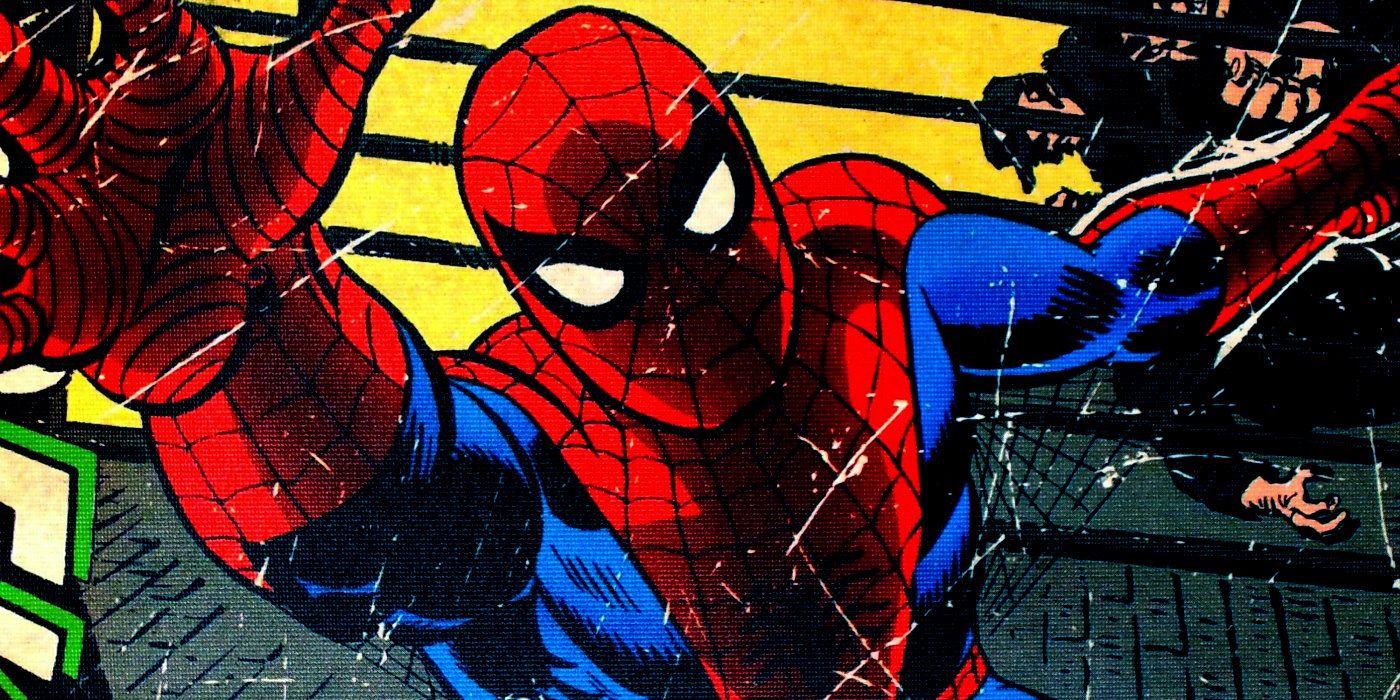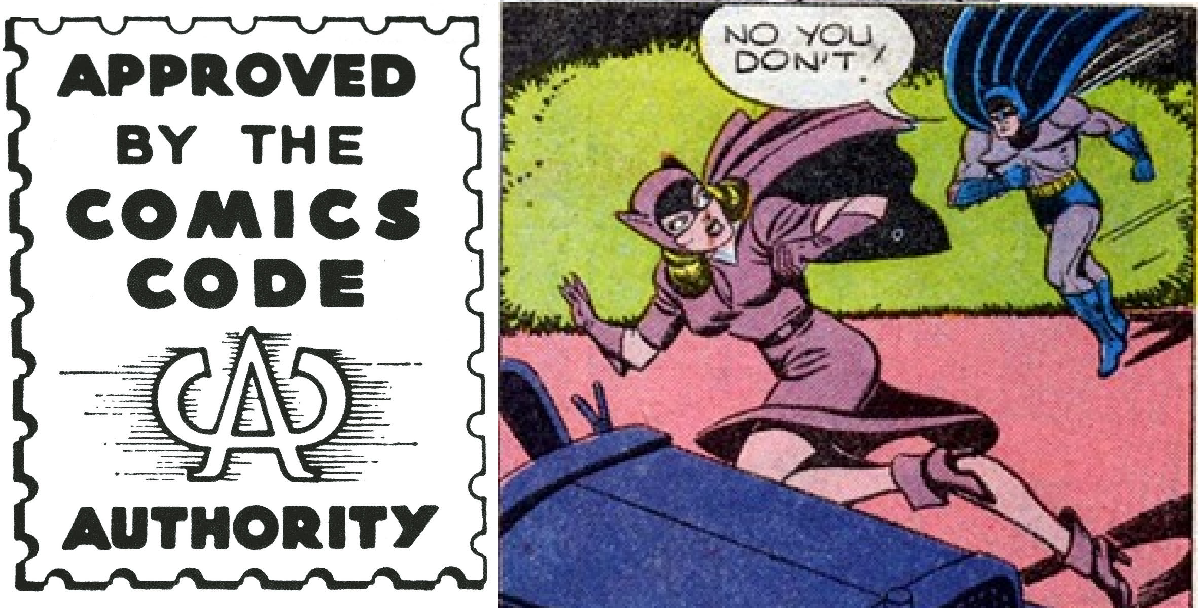The critically-acclaimed Into The Spider-Verse begins with an image of the classic Comics Code. It's a square stamp that reads "Approved by the Comic Code Authority". What makes this image particularly ironic is that Spider-Man was largely responsible for destroying this relic of comic book censorship.
It's hard to imagine comic books being the center of a Senate hearing, but that's exactly what happened in 1954. Incensed over the depictions of graphic violence in comics such as The Vault of Horror, Tales from the Crypt, and Crime SuspenStories, the United States Senate formed a Subcommittee on Juvenile Delinquency. The proceedings were further sensationalized by Frederic Wertham's book The Seduction of the Innocent, which alleged comic books as a corrupting influence on the youth. While Wertham's findings were later disputed, the damage was done. The Comic Code Authority was formed that same year as a self-regulating body in the comic book industry. Its guidelines against violence forced publishers like EC Comics out of business. An unfortunate side effect of the self-censorship was the complete sanitization of the comic books in the years that followed. Authority figures were to be always respected in the pages of a comic book, and never corrupt. Werewolves, vampires, and zombies were strictly prohibited.
In 1971, the United States Department of Health, Education, and Welfare contacted Stan Lee about doing a story about the dangers of drug abuse. Lee wrote a three-part Spider-Man story, illustrated by John Romita Sr. The story was ultimately flagged for its content by the Comic Code Authority, which refused to allow the story to be published. Lee proposed publishing the comic book without the seal of approval from the Comic Code Authority and gained the support of Marvel publisher Martin Goodman. The story, which ran The Amazing Spider-Man #96 through #98, was a bestseller, thanks in part due to publicity from the Department of Health, Education, and Welfare. This success shattered the necessity of the Comic Code Authority, which revised its standings on anti-drug stories.
Over time, the Comic Code Authority would ease its restrictions. Monsters were once again allowed in comic books, allowing the surge of supernatural comics that included the seminal The Tomb of Dracula by Gene Colan and Marv Wolfman. The Comic Code stamp became smaller and smaller as if to signify its shrinking influence. Comic books became considerably more mature in the 1980s, with many publishers start adult reader imprints such as DC's Vertigo Comics, which existed outside of the Comic Code Authority's purview. By 2011, the Code was discontinued after being abandoned by numerous publishers over the ensuing decade.
The decline of the Comic Code Authority came with mixed results. Certainly, the legalistic nature of the Comic Code Authority prevented good stories from being presented, as the publication of Amazing Spider-Man #96 through #98 showed on no uncertain terms. Still, as wrong-headed as the Comic Code Authority's methods often were, it provided a much-needed benchmark for parents and younger readers. The loss of these benchmarks has created yet another barrier for new readers seeking out appropriate content in the comic book industry. Ultimately, Spider-Man beat the Comic Code because he was a role model for younger readers. Since that hasn't changed in the least in almost fifty years, there's still hope comic books can balance good content with new readers in the ensuing decades.


